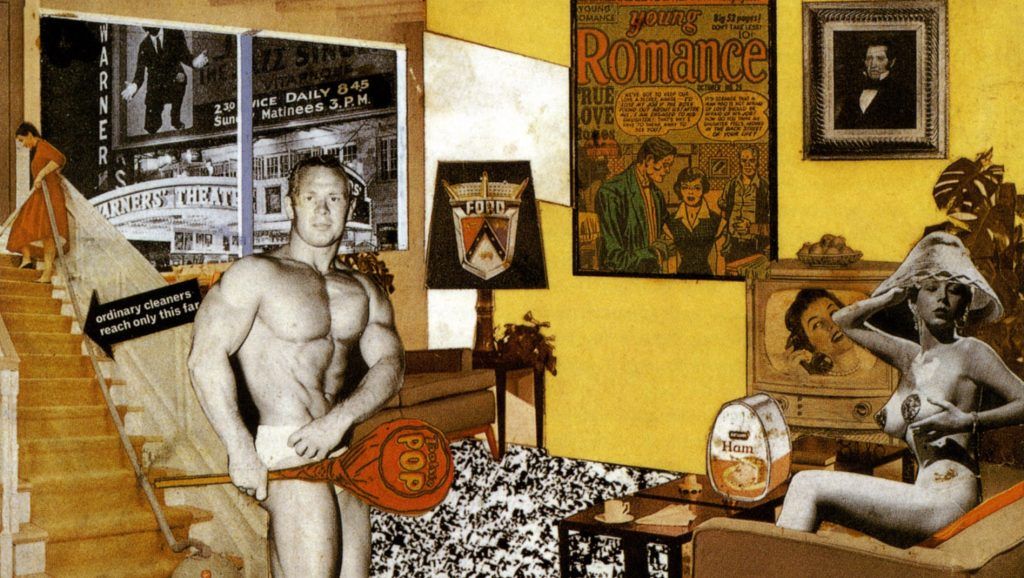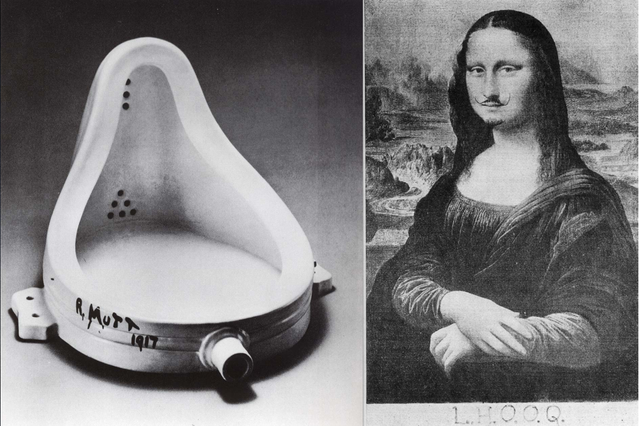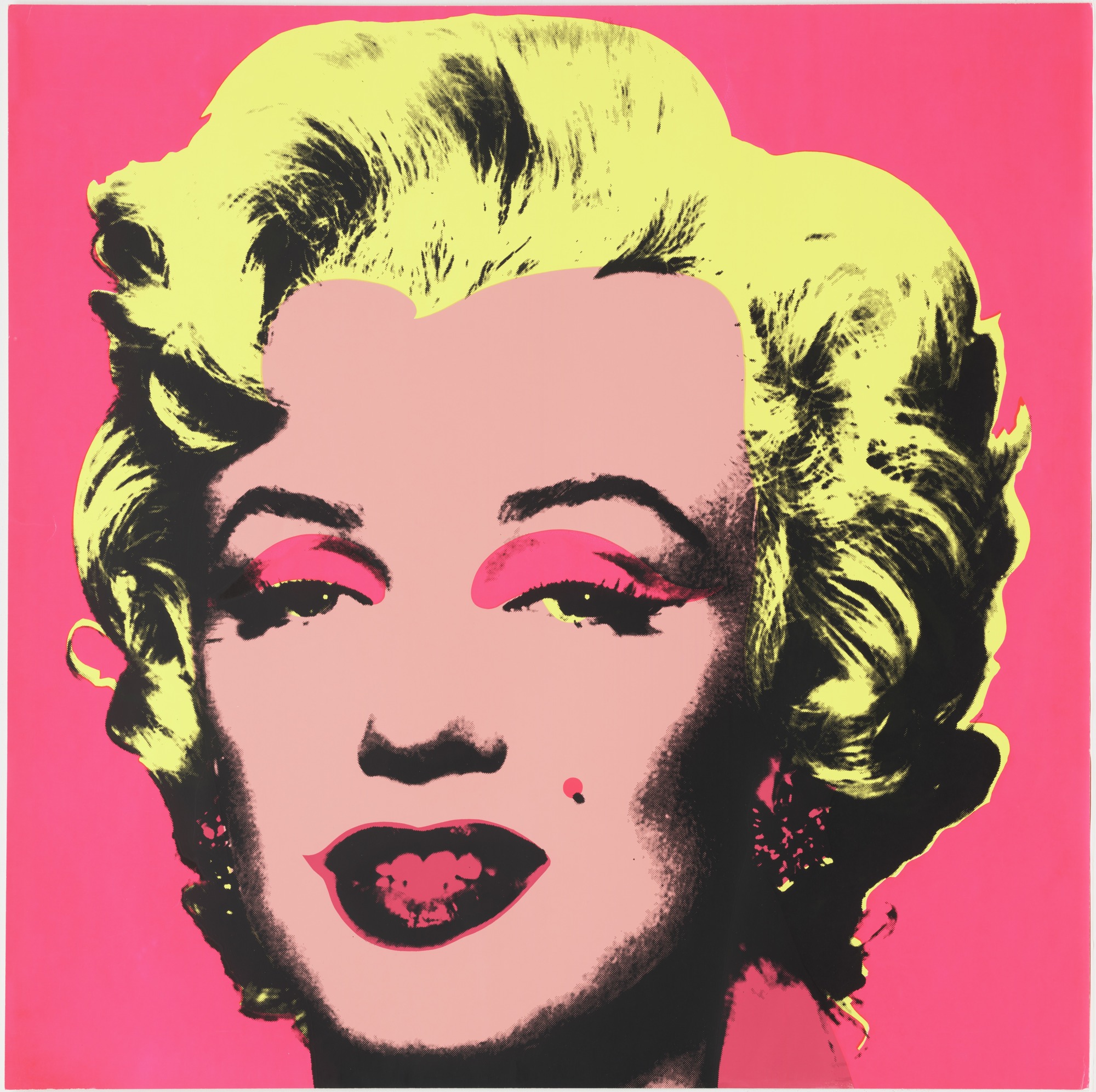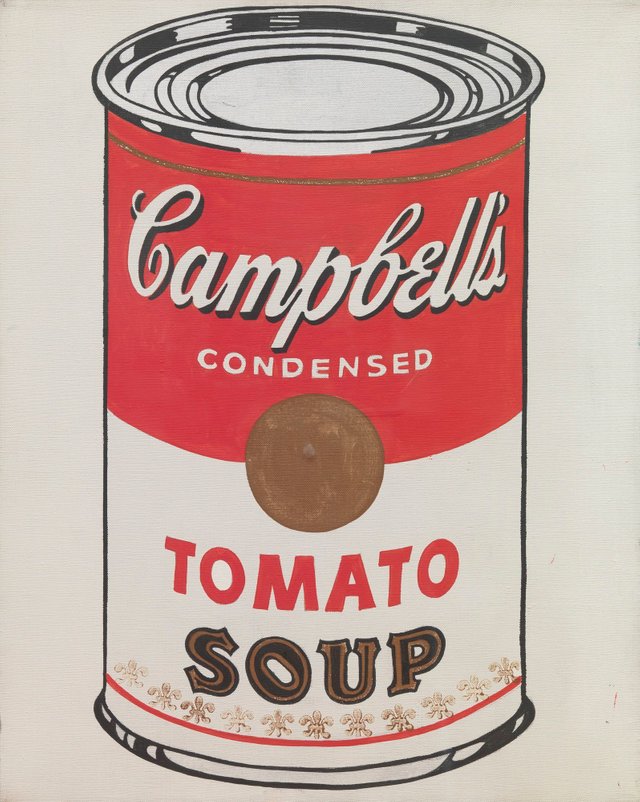What’s Pop Art?
Lawrence Alloway, a British art critic, first coined the term Pop art to help best describe art works by a group of artists known as the Independent Group. This association consisted of artists who disapproved of the pretentiousness and superficiality of the art community. The group celebrated by making parody of the cultural of consumerism by producing art works modeled after popular advertisements, cheap products, comic strips, and mass media culture.
Alloway described Pop art as having qualities of being popular, expendable, transient, cheap, mass-produced, and geared to attract the market of youth and big business. These characteristics can be used to define works of Richard Hamilton. Such as, Just what is it that makes today’s home so different, so appealing?

Credit:
The Pop art movement can be traced to the 1920s, when another group of artists, who referred to themselves as Dada, ridiculed the ostentation of high culture. Marcel Duchamp, often viewed as the leader of Dada, gained notoriety with his version of the Mona Lisa and creating an inverted sculpture of an often mass-produced urinal.

Credit:
In the United States, the Pop art movement developed independently and was represented by well-known artists, such as Robert Rauschenberg, Larry Rivers, and Jasper Johns. Many of these artists quickly adopted easily recognized styles that granted the art to have commercial characteristics. For example, Roy Lichtenstein created paintings that appeared just like comic strips. Claes Oldenburg produced exaggerated statues of typical mass-produced household items. Duane Hanson created life-like sculptures, so realistic, that they could easily be mistaken as visitors when placed in museums or galleries. Andy Warhol systematically mass produced image artwork of celebrities and objects giving them the same value: thus, reducing human beings to the same value of level as consumer products.

Credit:

Credit:
British Pop artists inclinations in their art tended towards mocking or even glorifying popular culture. On the other hand, American artists geared mostly to creating images ambiguous in nature. Warhol’s silk screen printing of car accidents and the murder of John F. Kennedy can both be considered to be tragic and commercial. Thus, both groups were ultimately demonstrating that capitalism had contaminated or polluted art by converting it to just another object of consumerism.
The Pop art movement has also been referred to as “new realism” or neo-Dadaism.
References
Museum of Modern Art
Winona State University
Yale University
Analysis of Pop Art
University of Pennsylvania
Ball State University
Wikipedia

Congratulations @poporgy! You have completed some achievement on Steemit and have been rewarded with new badge(s) :
Click on any badge to view your own Board of Honor on SteemitBoard.
For more information about SteemitBoard, click here
If you no longer want to receive notifications, reply to this comment with the word
STOP